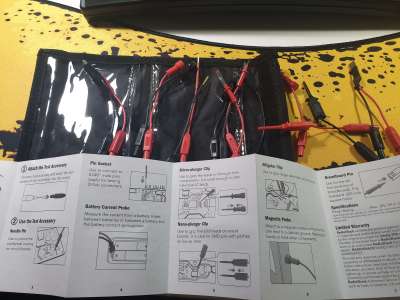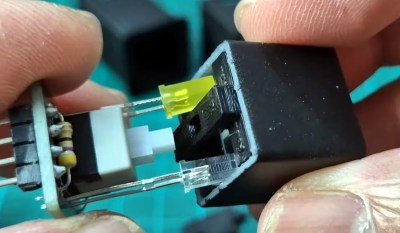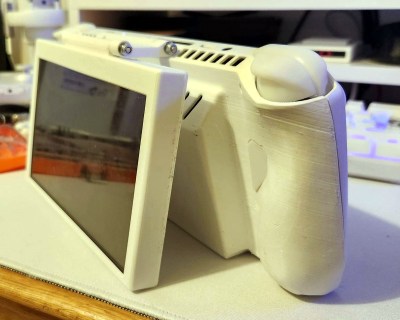[Daniel] has been metalworking on a budget for a while now. Originally doing things like plasma cutting on old bricks, he used his original plasma cutter to make an appropriate plasma cutting table complete with a water bath which we presume was not only safer but better for his back. Since then he’s stepped up a little more with what might be the lowest-cost CNC plasma cutter that can reliably be put together.
The CNC machine uses a handheld plasma cutting torch as its base, which uses a blowback start mechanism making it usable in an automated CNC setup without interfering with the control electronics. This is a common issue with other types of plasma cutters not originally meant for CNC. The torch head only needs slight modifications to fit in a 3D printed housing designed for the CNC machine which involves little more than slightly changing the angle of the incoming copper tubing and wire and changing the location of the trigger.
With those modifications done, the tool head is ready to be mounted to the CNC machine. [Daniel] has put together a bill of materials for building the entire project for less than $400, which includes the sub-$200 plasma cutter. It’s an impressive bit of sleuthing to get the price down this low, but if you’re still using your plasma cutter by hand on bricks in the yard like [Daniel] used to do make sure to check out that DIY plasma cutting table he built a few years ago too.
Continue reading “Plasma Cutter Gets CNC Treatment At Low Cost”





















